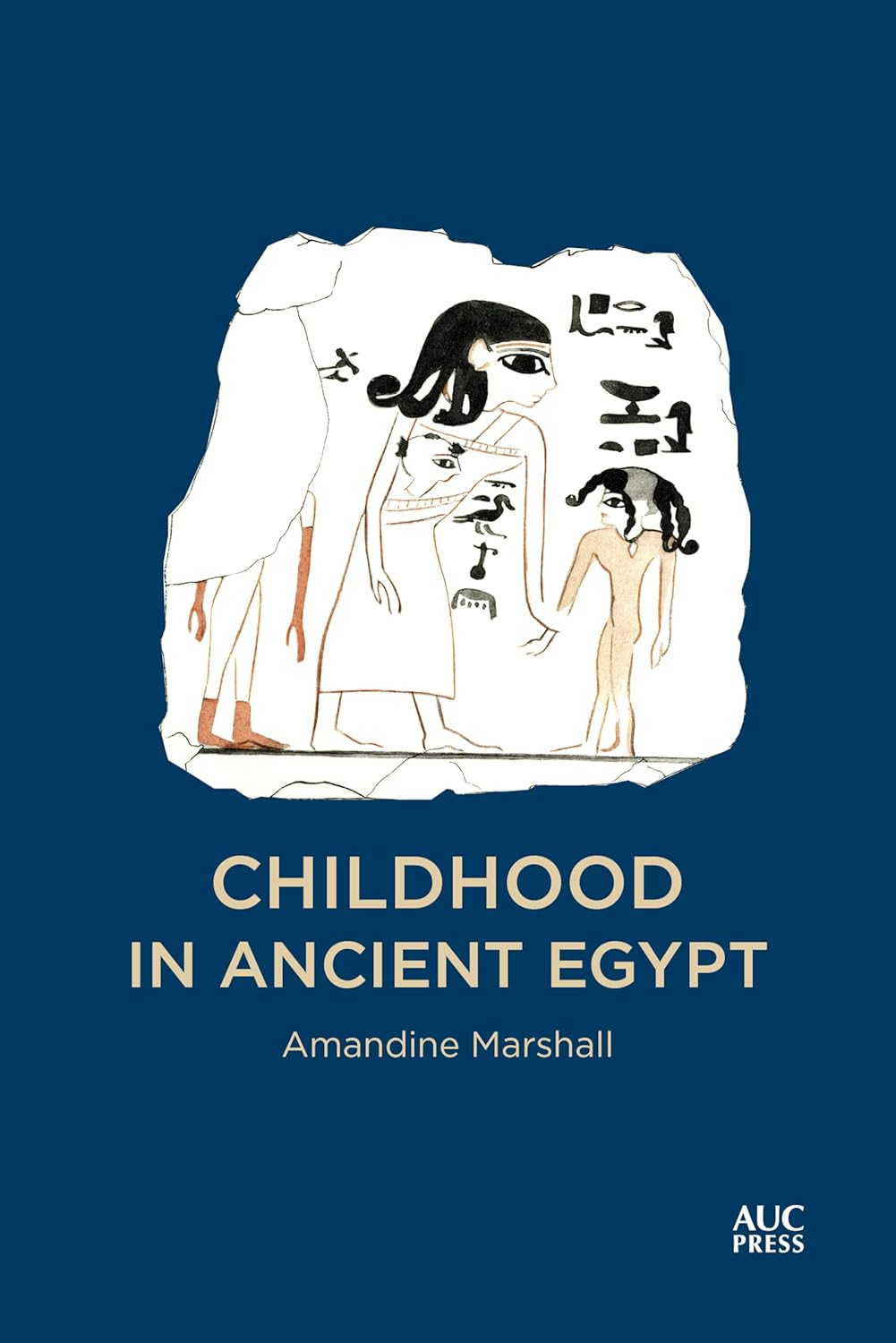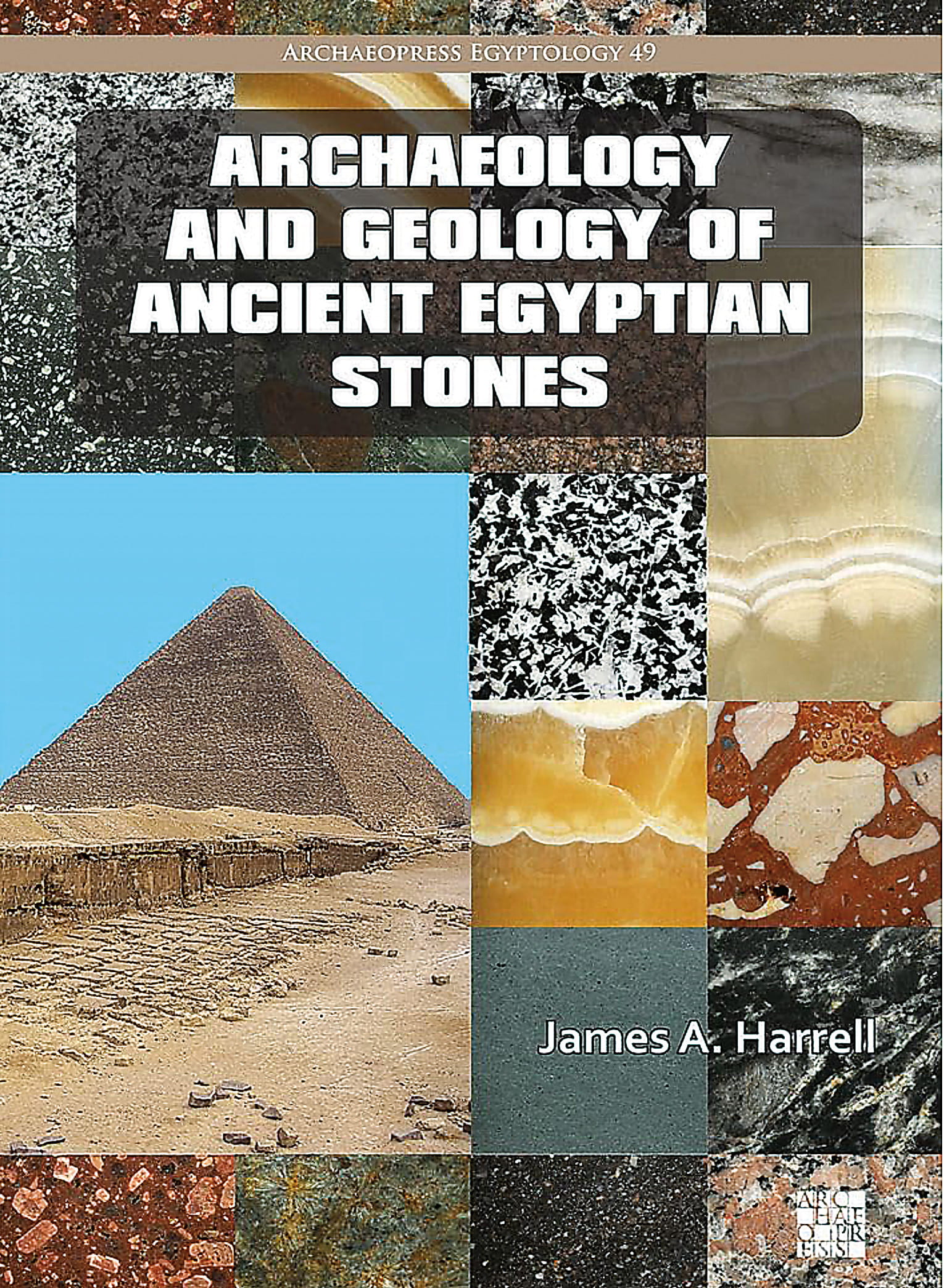
Child's Play: Reconstructing Everyday Life of Youth in Ancient Egypt
Reviewed by Kyle Pakka
Childhood in Ancient Egypt
Amandine Marshall. American University in Cairo Press, 2022.
"Far from being a margin or secondary subject, the topic of children in ancient Egypt proves to be an essential subject for a fuller understanding of this ancient civilization."
Amandine Marshall, an Egyptologist with the French Archaeological Mission of Thebes West, observes how the depictions of children created by Ancient Egyptians seldom illustrated their actual lives. Existing source material generally shows children as symbolic components in tableaux demonstrating family succession and a balance between masculine and feminine. But few traces of the daily world of children survive today. Marshall addresses this knowledge gap by surveying representations of children in sculpture, hieroglyphs, tomb-wall paintings and in medical, magical and literary papyri. In doing so, she reconstructs their everyday lives, from the Predynastic Period (4500–2900 BCE) to the New Kingdom (1540–1080 BCE). Over the past decade, historians have paid increasing attention to childhood in antiquity, and Marshall’s investigation provides fascinating glimpses. For example, unlike the Greeks and Romans, Egyptians did not abandon disabled children. Sons of the elite attended school, while other children labored in pottery workshops, tended cattle and picked dates with the aid of trained olive baboons. Marshall unearths evidence of children’s games, including a tomb painting showing adolescent girls playing with balls from the Middle Kingdom (2010–1760 BCE), wooden marbles and artifacts from a game called tipcat, which endured into the early 20th century in a form called shabbat battat. Marshall’s meticulous work in a relatively unexplored corner of Ancient Egypt transforms what were once considered impassive symbolic figures carved from stone or painted on the wall of a tomb into living children.
You may also be interested in...
.png?cx=0.45&cy=0.59&cw=382&ch=519.4922937443337)
New Book Decodes Mystery Behind Sixth Century Mosaic Pavement
Jane Chick’s 2024 study on enigmatic Libyan mosaic bridges Late Antiquity Roman and early ecclesiastical art.
Archaeology and Geology of Ancient Egyptian Stones
Spanning three decades of fieldwork, Archaeology and Geology of Ancient Egyptian Stones is as vast as its subject: the stones ancient Egyptians used to shape their civilization.